Pre-primary education
Pre-primary education is critical for establishing a solid foundation for a child‘s social, emotional and overall well-being. The early years of a child’s life build the basis for lifelong growth, and children who fall behind in these early years often never catch up with their peers, leaving them more likely to drop out of school and fail to reach their full potential. Though there are varying standards, pre-primary educational programmes are typically designed for children 3 to 5 years of age.
Access to pre-primary education has increased globally, but many children still haven’t been reached
Globally, the gross pre-primary enrolment rate increased by 28 percentage points in the last 20 years, from 33 per cent in 2000 to 61 per cent in 2020. Despite this progress, as of 2019, there were at least 175 million children aged 3 to 6 years old who were not enrolled in school, according to a UNICEF global report on early childhood education. Looking at children aged one year younger than the official starting age for primary school in their country, one in four children around the world was still out of school. Over the past decade, the number of out-of-school children in this age group decreased from 38 million in 2010 to 33 million in 2020. However, most of this improvement occurred in the 4 years between 2010 and 2013, when the number fell from 38 million to 33 million – between 2014 and 2020, it remained stagnant. Reasons for this slowed pace of improvement likely include rapid population growth, especially in sub-Saharan Africa, as well as an increase in emergencies and humanitarian crises. Without immediate action, the additional challenges posed by the COVID-19 pandemic can further negatively impact pre-primary attendance.
Evidence suggests that pre-primary education attendance varies dramatically across regions and socioeconomic backgrounds
Unlike enrollment, which refers to children listed in school registries, attendance means a child actually attended school at a particular point in time. SDG4.2.2 tracks attendance among children aged one year younger than the official age for starting primary school in their country, and globally, only 73 percent of these children attend school. However, among these children, a much lower proportion from poorer families and rural areas attend school. Across countries, while almost 90 per cent of pre-primary age children from the richest wealth quintile attend school, only 58 per cent of the children from the poorest wealth quintile do so. A similar pattern is observed based on the area in which a child lives, with pre-primary attendance rates for children in urban areas exceeding those of their rural peers by 14 percentage points.
Gaps in attendance by place of residence also vary across regions. In Latin America and the Caribbean, the gap favors urban areas by only 4 percentage points. By contrast, in the regions of Eastern and Southern Africa and West and Central Africa, the gap favors urban children by more than 20 percentage points.
Data further show that the divide in attendance by wealth quintile is particularly prominent in Africa. Specifically, children from the poorest wealth quintile in the West and Central Africa region attend school at just a third of the rate of their peers from the richest wealth quintile (28 per cent versus 81 per cent).
Pre-primary education data
Build and download your own customisable dataset
Resources
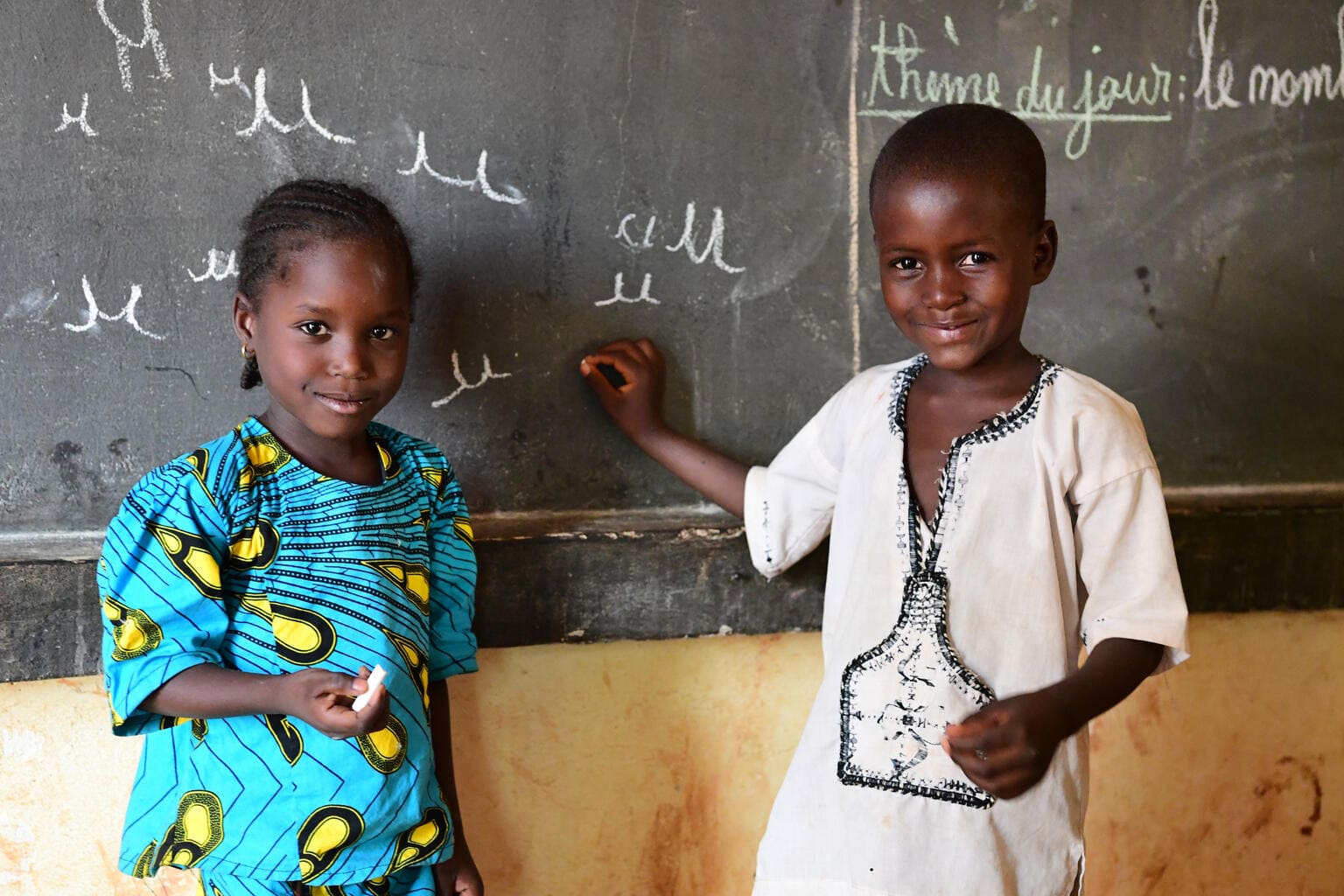

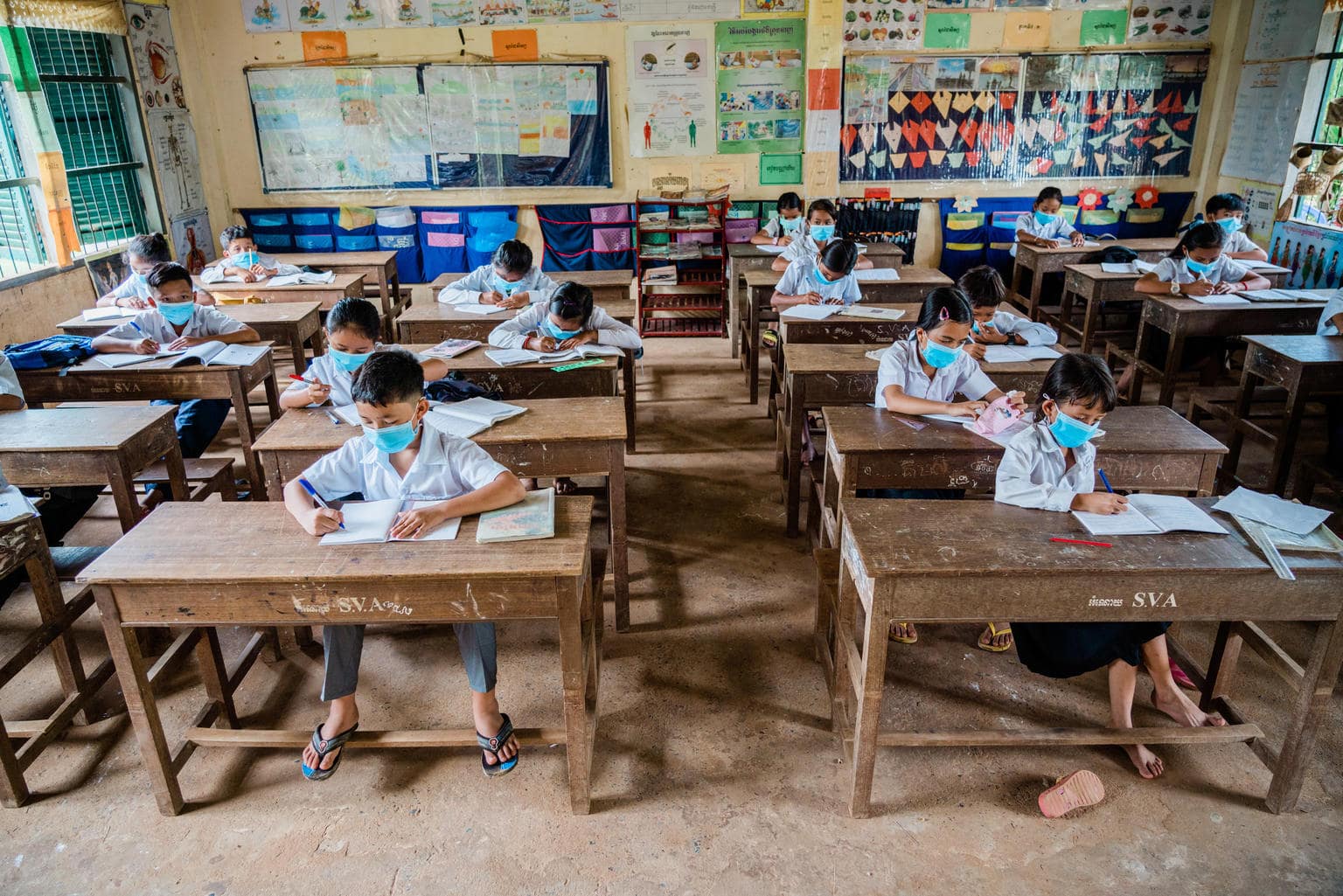
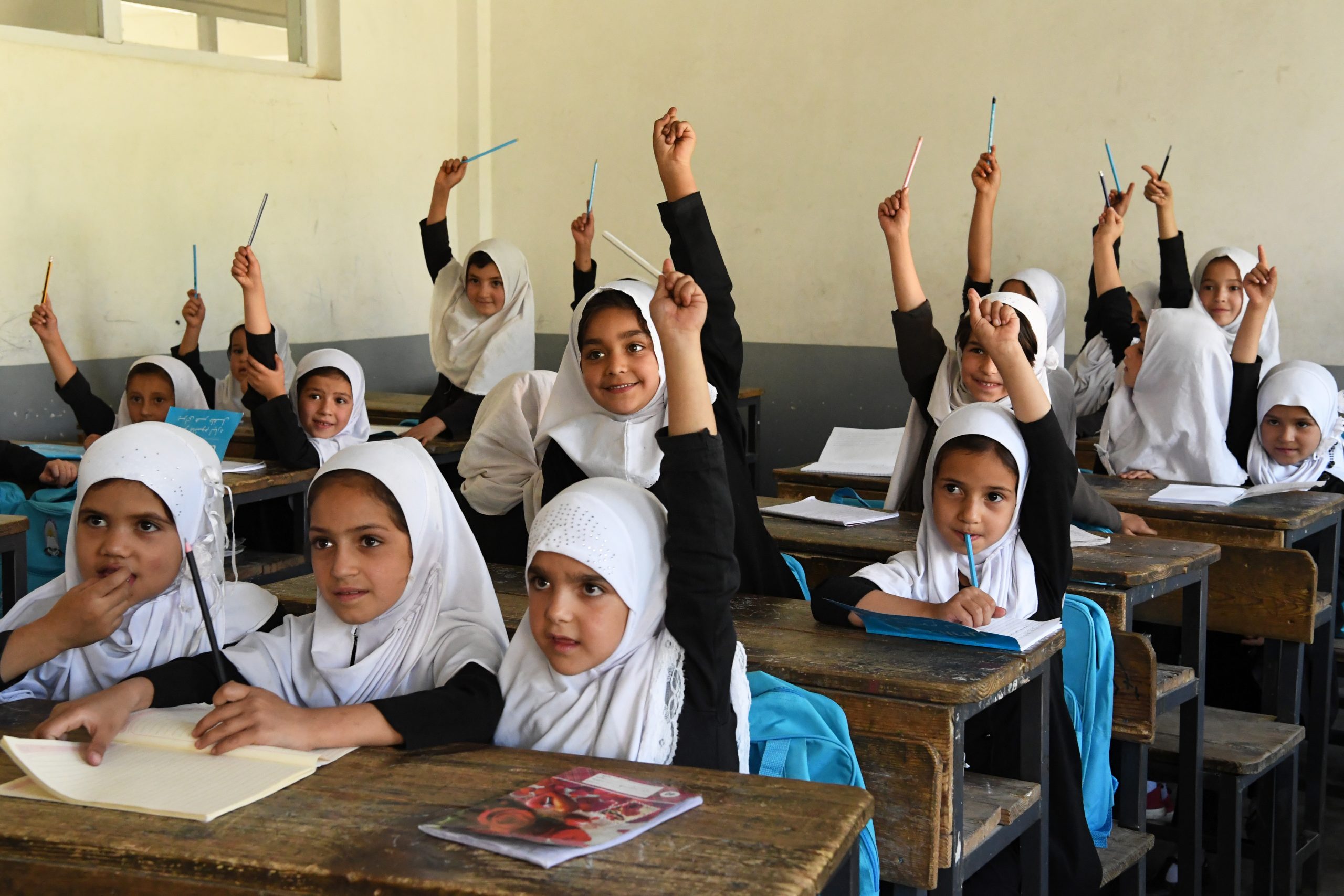
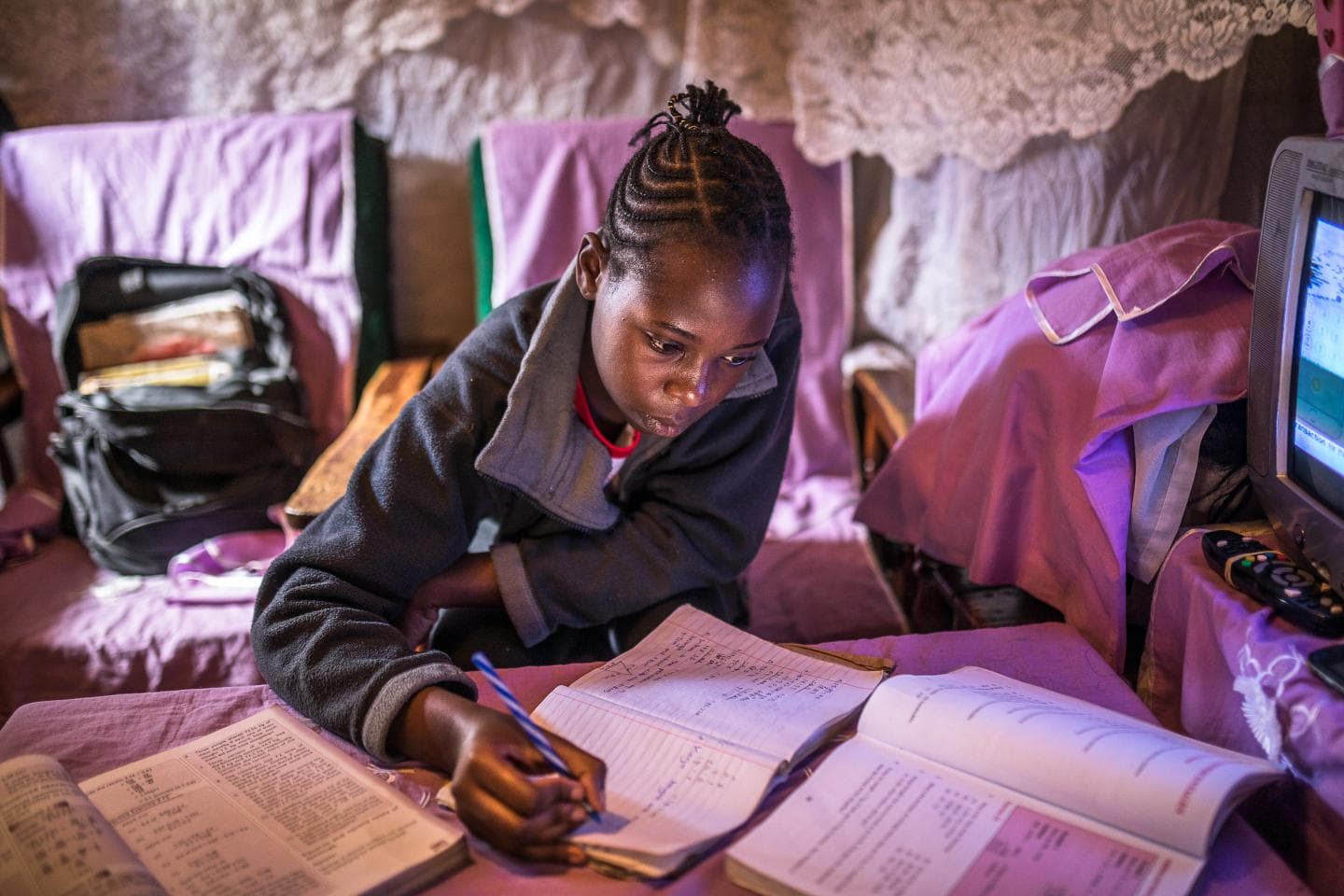

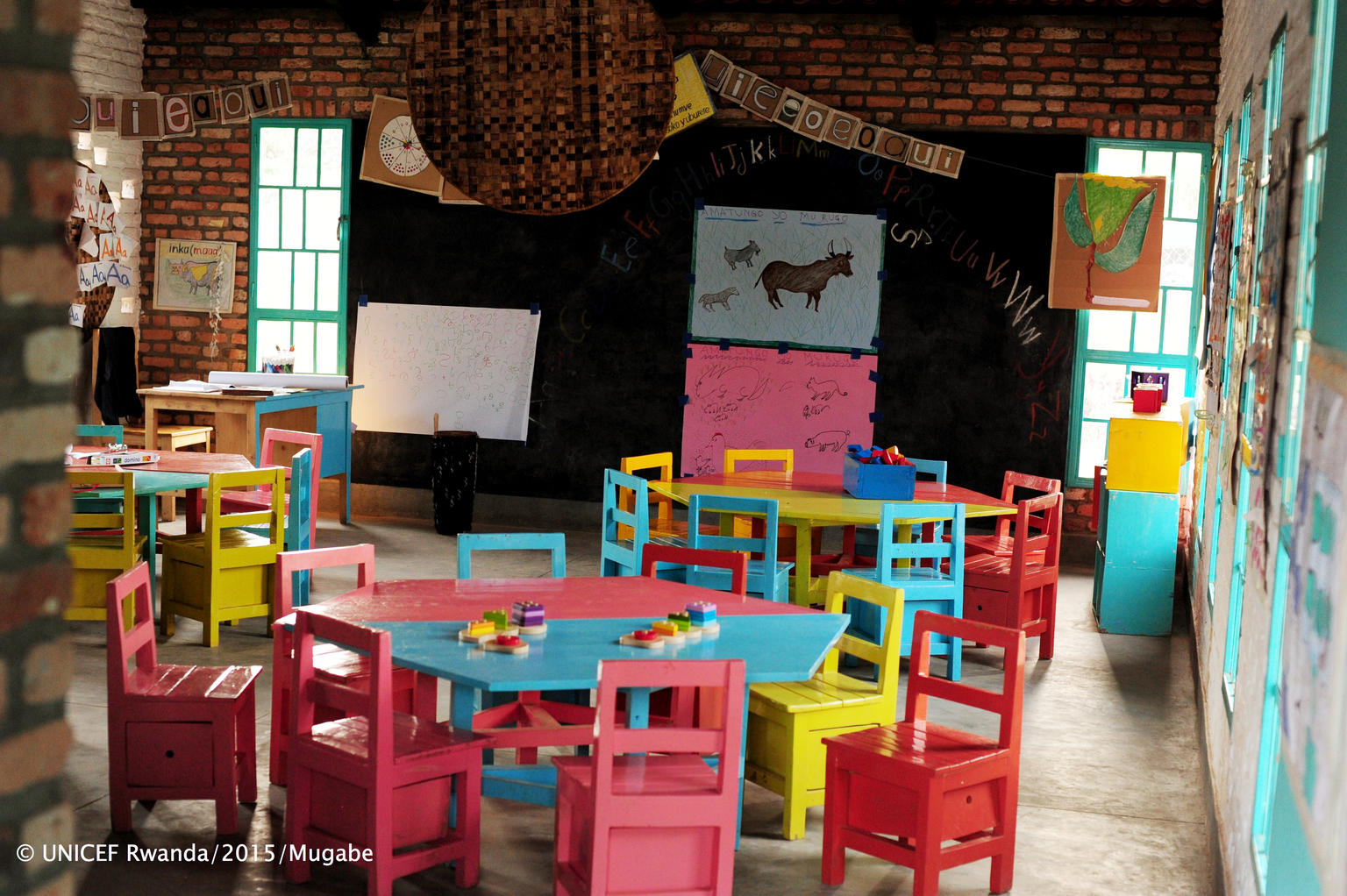
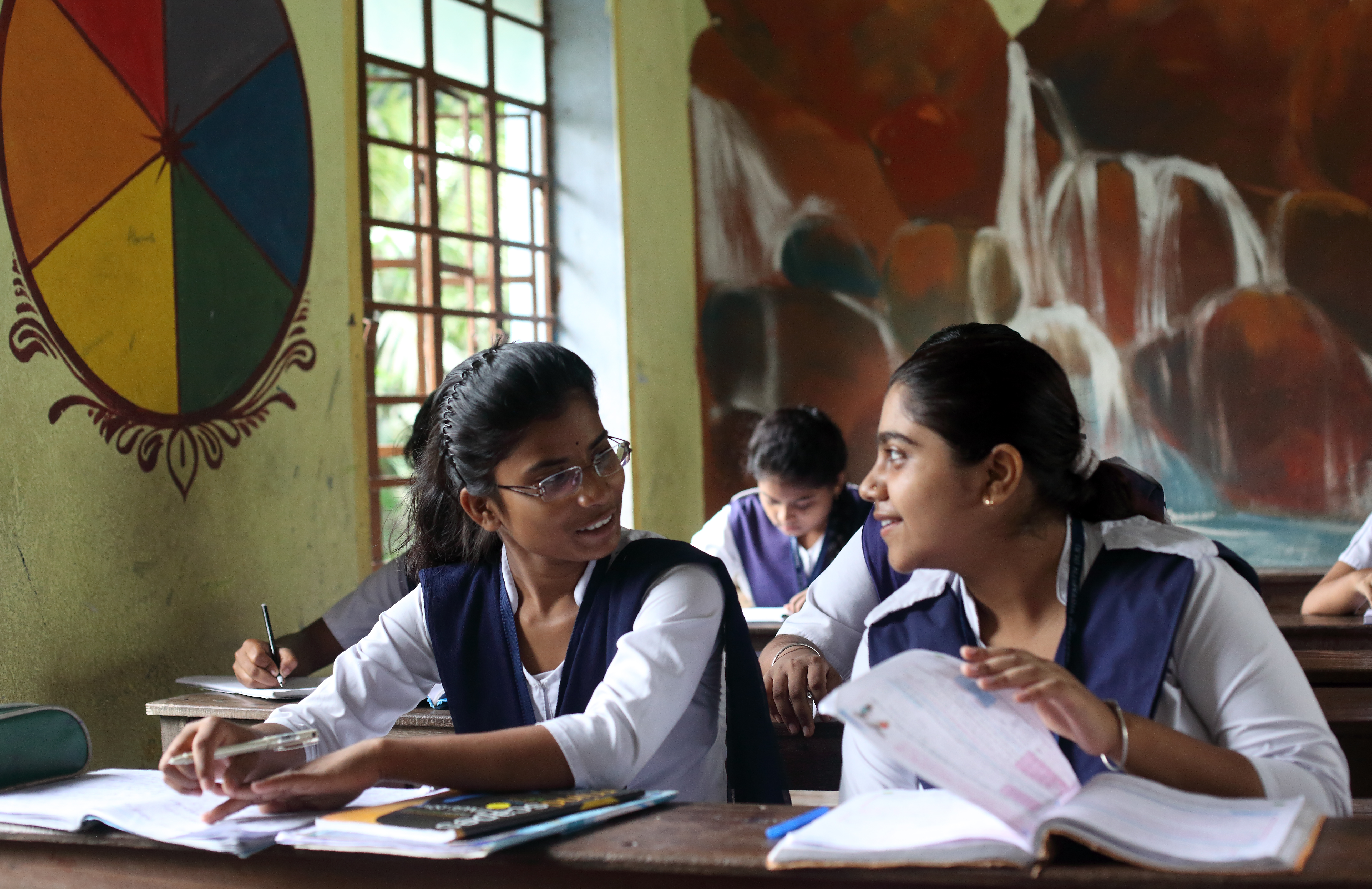
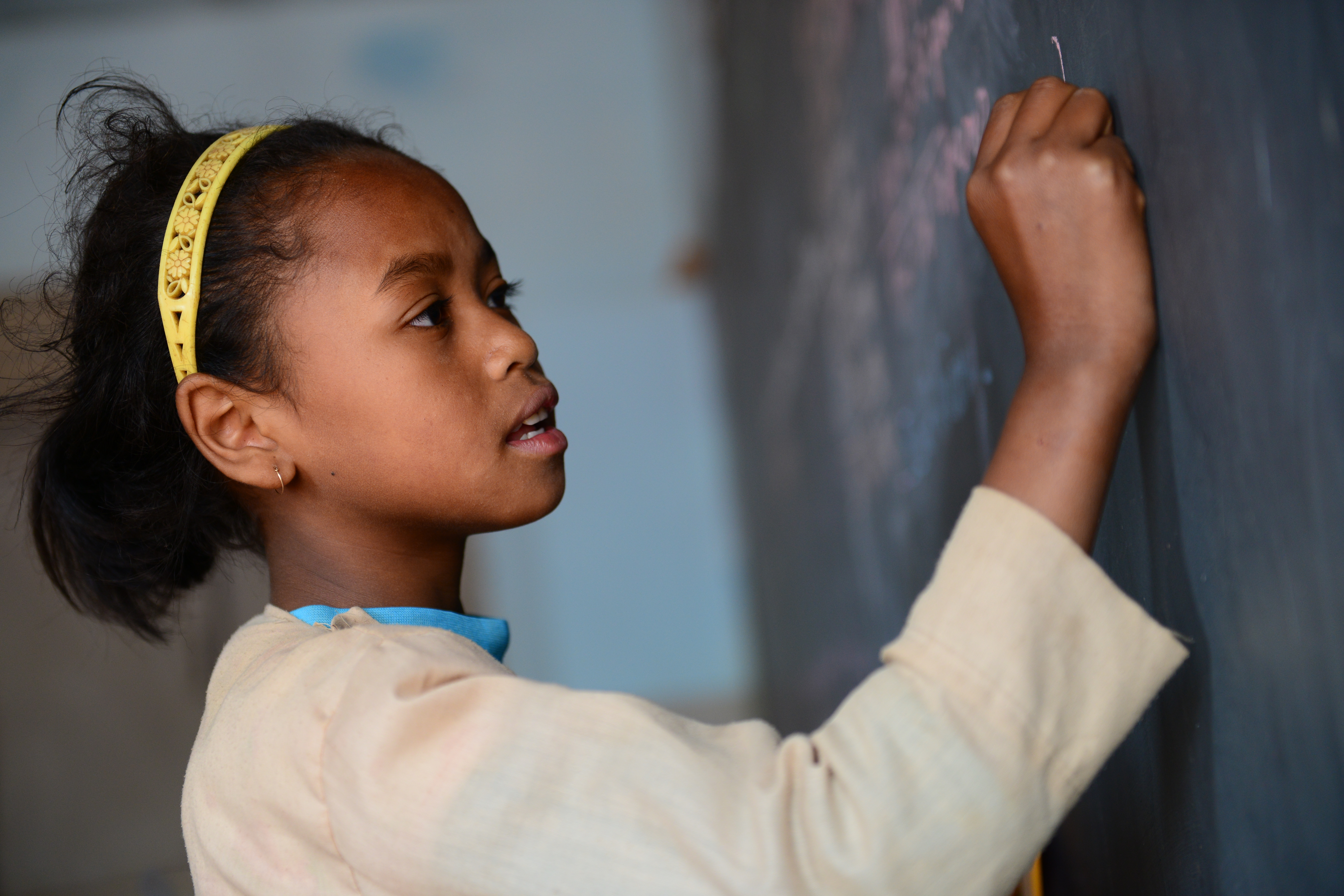
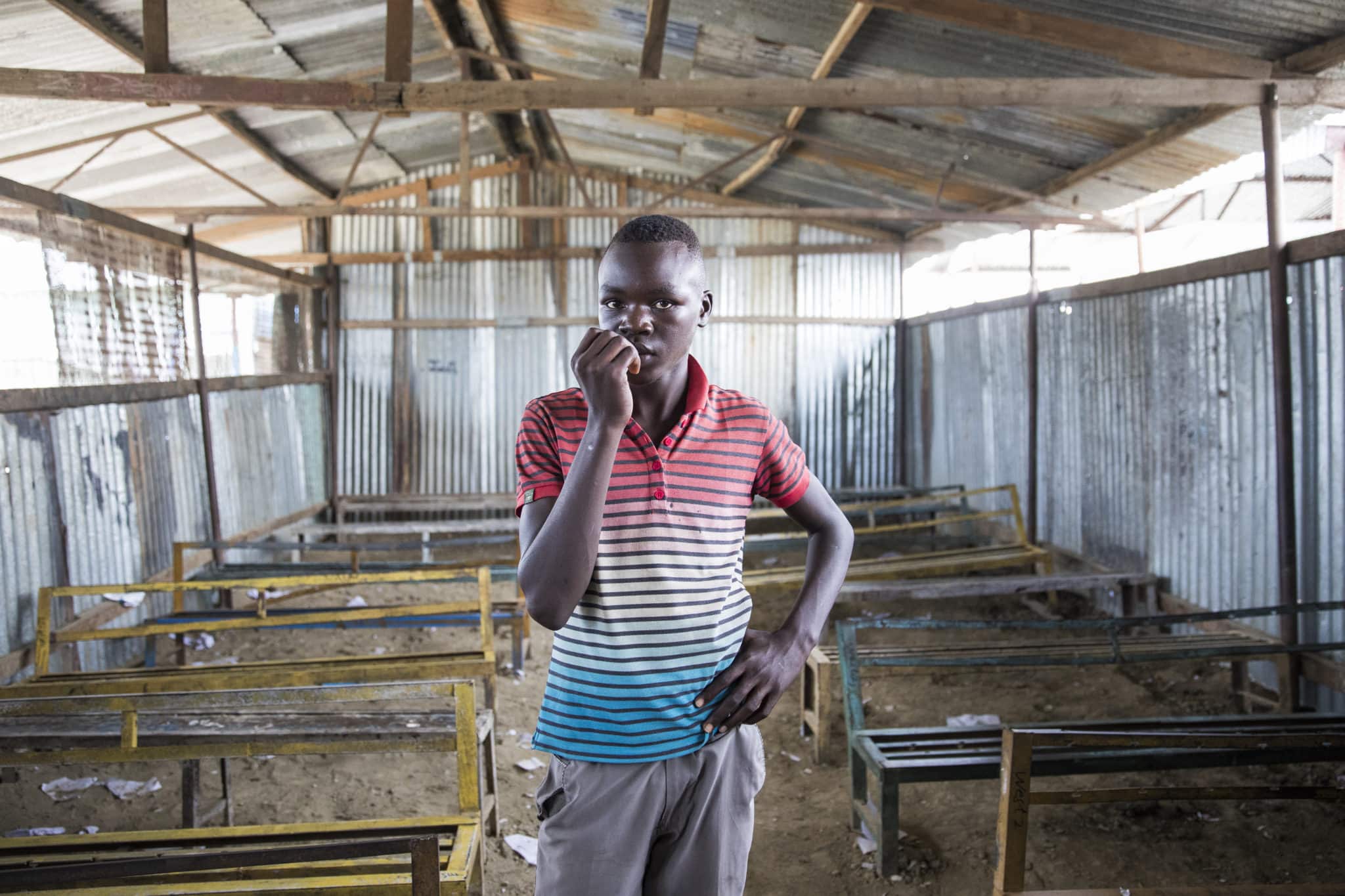
Notes on the Data
Definition of indicators
Gross pre-primary enrolment rate – Number of children enrolled in pre-primary school, regardless of age, expressed as a percentage of the total number of children of official pre-primary school age.
Out-of-school children population, one year before primary school entry age – Total number of children who are one year younger than the official age of primary education and who are not enrolled in pre-primary or primary education.
Adjusted net attendance rate, one year before primary school – Percentage of children one year younger than the official age of primary education who attend pre-primary or primary education.